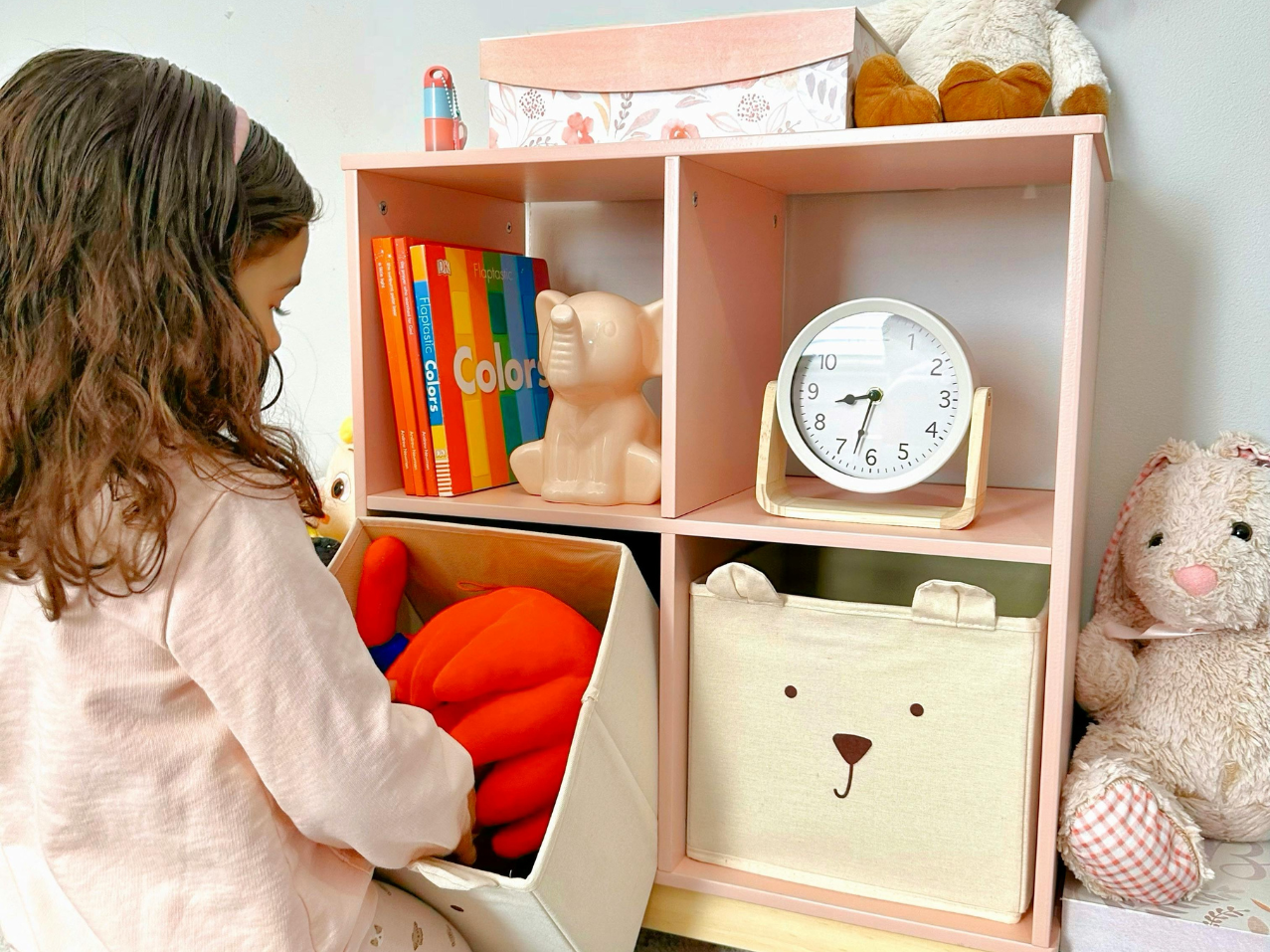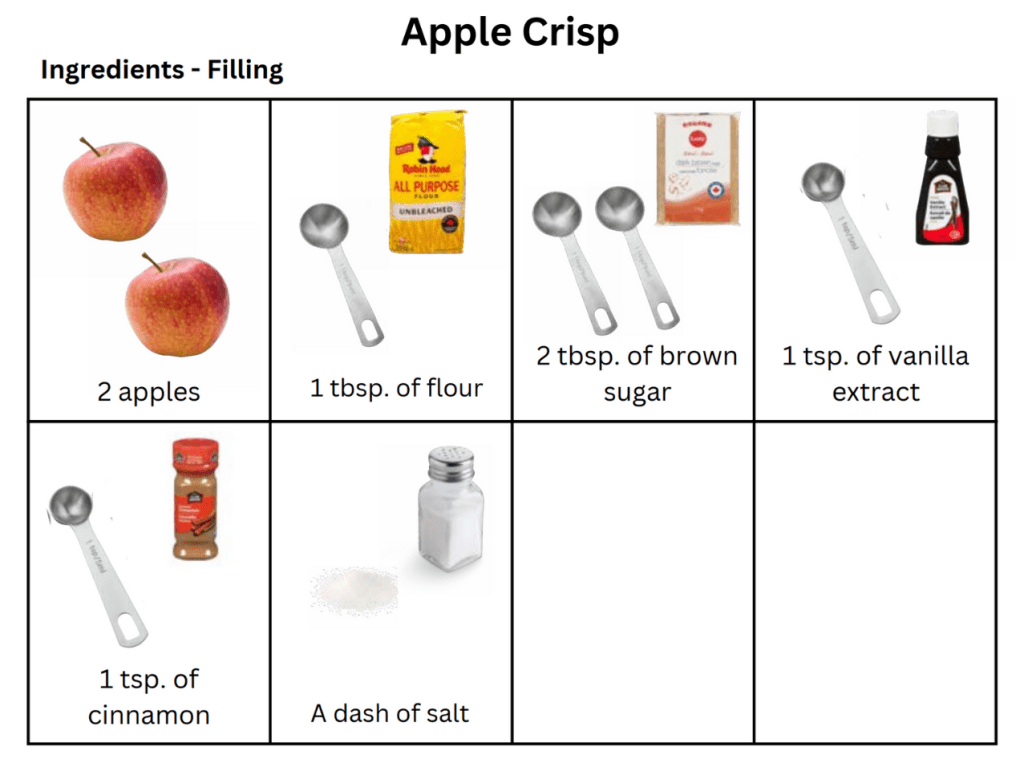Menu
-
-
Shop Holiday Items
-
Shop Gifts By Age
- Gifts For a 0-6 Month Old
- Gifts For A 6-12 Month Old
- Gifts For A One Year Old
- Gifts For A Two Year Old
- Gifts For A Three Year Old
- Gifts For A Four Year Old
- Gifts For A Five Year Old
- Gifts For A Six Year Old
- Gifts For A Seven Year Old
- Gifts For An Eight Year Old
- Gifts For A Nine Year Old
- Gifts For A Ten Year Old
-
Shop Gifts By Budget
- New Arrivals
-
Toys
- Large Active Toys
- Animal Toys
- Arts & Crafts
- Award-Winning Toys
- Bath Toys
- Birthday Wishlists
- Building Toys
- Cars, Trains, & Trucks
- Games
- Instruments
- Loose Parts Play
- Loot Bag Toys
- Made in Canada
- Outdoor Toys
- Pretend Play
- Puzzles
- Sensory And Fidget Toys
- Sensory Bin Tools & Fillers
- STEM Toys & Activities
- Toronto-Themed Gifts
- Travel Toys
- Wooden Toys
- Waiting Room Toys & Furniture
-
Montessori Materials
- Montessori At-Home Program
-
Montessori Furniture
-
Bundles & Sales
-
Books
-
Shop By Age
-
Shop By Brand
- Brands A-F
- Brands G-L
-
Brands M-R
- MagicPlaybook
- Magna Tiles
- Make Believe Ideas
- Makedo
- Manhattan Toys
- Math for Love
- Milaniwood
- MindWare
- Mojo Toys
- Moluk
- Moulin Roty
- Native Northwest
- nic
- Nienhuis
- Ooly
- Opinel
- Ostheimer
- Papoose
- Peaceable Kingdom
- Plan Toys
- Plus-Plus
- Preschool Collection Watches and Timers
- Ravensburger Puzzles
- Real Life Pages
- Brands S-Z
-
- 866-901-4696
- Gift Registry
- Login


4 Strategies To Help with Picky Eating - Tips from a A Certified Nutritionist and Picky Eating Expert
4 min read
Written by Danielle Binns
Picky eating has to be one of the hardest parts of parenting young children.
I’ve talked to so many parents that are at the end of their rope with food battles.
For many, weekly meal planning is the most dreaded chore in the house. Just the thought of all that wasted time and food causes a ton of stress. And the constant food rejection is exhausting.
Sound familiar? You are not alone.
But you can fix this - with the right approach.
You see, when it comes to feeding our kids, we often focus on what we are feeding our kids — the foods we serve, recipes we try, and nutrients we hope they’re getting.
The reality is that this “picky eating” struggle is about more than just food.
Many parents come to me asking for “picky eater approved” recipes, hoping a new muffin or a cleverly hidden veggie will do the trick. And while I’m happy to share creative food ideas, I always emphasize that recipes alone aren’t the solution.
Focusing solely on what we feed our kids can perpetuate the struggle because it overlooks the deeper, more essential question: how are we engaging them with food?

The Importance of How We Approach Mealtimes
In the Montessori philosophy, we recognize that children are natural explorers and learn best when they can use their senses. Eating is no different - it is one of the few tasks that engages every sensory system at once.
For a child to become an adventurous eater, they need opportunities to explore food through their senses: touching, smelling, tasting, and even listening to it crunch or sizzle.
So, instead of focusing exclusively on the what, let’s shift our attention to the how.
Here’s what that can look like in practice:
- How we talk about food: Use positive language around food (not labeling it as “good” or “bad”) to help children develop a healthy relationship with eating.
- To help you, here are 10 important questions to ask your child at mealtimes – questions that will not only spark a positive conversation around food, but also diffuse power struggles, and encourage them to try new foods.
- How we model eating: Children learn by watching us. When they see us enjoying a variety of foods, they are more likely to try new things.
- How the environment feels: A calm, structured mealtime environment helps children feel safe and reduces the pressure that often comes with trying new foods.
- How we offer foods: Create opportunities to present new foods in engaging, fun ways. Allow your child to explore foods without the expectation of eating right away.

By focusing on how we approach mealtimes, it leads to greater food acceptance and less mealtime stress for the whole family. It’s a win-win!
Sensory Engagement is Key
The Montessori approach values hands-on learning – mealtimes should be no different. One powerful way to engage your child in the how of mealtime is by tapping into their sensory systems.
For example, helping your child touch and smell a food before tasting it allows them to build familiarity with it.
This sensory engagement is crucial. Over time, it makes them more likely to taste and enjoy them.
Consistency, Structure, and Patience
Kids, especially picky eaters, also thrive on structure. Just as they need consistency in their Montessori routines, repetition is key at meals. In my Picky Eating coaching programs, after I set families up with their food plan and mealtime strategies, I encourage them to be consistent.
Even when things feel tough, or progress is slow – sticking with it is crucial! Your child will eventually come to understand that this is how mealtimes are structured, leading to greater trust and faster progress.
Breaking the Picky Eating Cycle
When we focus solely on the what, it can get us stuck in the picky eating cycle. I know this from experience. Before I shifted my focus to how I approached food with my daughter, I spent countless hours in the kitchen preparing new recipes, only to have her reject them. It was frustrating and disheartening, and it kept us both trapped in a negative cycle around food.
Once I started focusing on the how — creating a sensory-rich, low-pressure mealtime environment — everything changed. Meals were more relaxed, my daughter was more adventurous with food, and family meals were the highlight of our day.
Making Mealtime Fun and Engaging
If you’re ready to shift your focus from what to how, I’ve designed tools to make it super easy. The Curious Cookie Mealtime Tools engage your child’s senses and make food exploration fun.
- The Mealtime Fun Cards offer quick, mess-free games that the whole family can play, encouraging conversation and exploration at every meal.

-
The Food Adventure Placemat takes children on a sensory journey through different “towns” like Texture Ville and Taste Town, giving them control over how they engage with new foods.


When we focus on the how — engaging our children's senses, creating a positive environment, and offering foods in creative ways — we give them the tools they need to become confident, curious eaters.
–––––––––––––––––––––––––––––––––––––––––––––––-–––––––––––––––
Want more picky eating help & mealtime advice?
Visit daniellebinns.com and sign up for her weekly emails for helpful picky eating tips and proven strategies to transform mealtimes for your whole family.

__________________________________________________________________
FREE VIDEO TRAINING: HOW TO FIX FOOD REJECTIONS
Discover how Danielle has helped thousands of children accept foods faster – without the need to bribe them with treats, negotiate over “one bite,” or deal with tantrums over food.
In this 30-minute packed training, you will learn science-backed mealtime tips that tap into your child’s sensory strengths, so they finally try (and like) rejected foods.
GET ACCESS TO HER VIDEO TRAINING HERE
Join Our Montessori Community
Sign up to get weekly activities, free printables, Montessori parenting guidance, and so much more.
Plus, get $10 off your first order of $100+.
Like this article? Get new articles, weekly activities, free printables, Montessori parenting guidance, and so much more.
One mom recently shared:
"Your newsletter is always SO great. It is one of the few I open and read weekly. You provide so much value. Thank you!"


